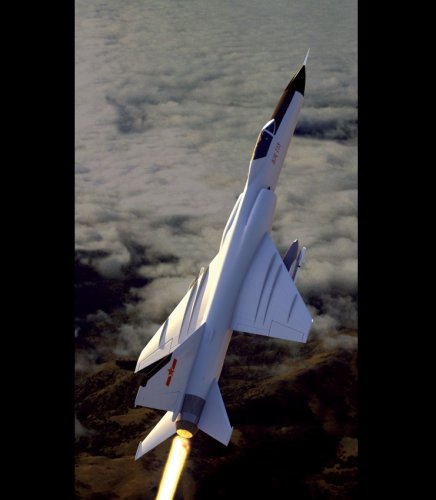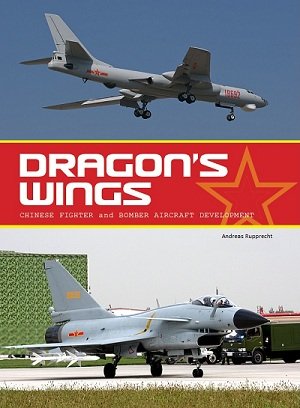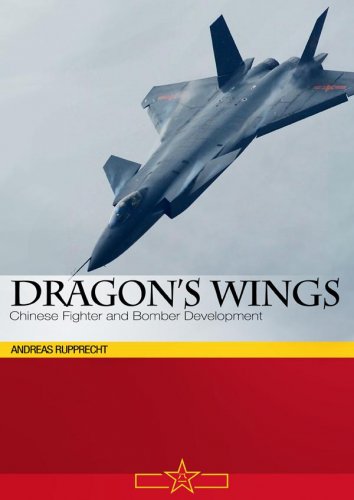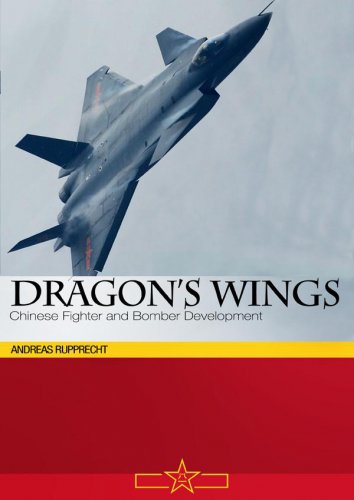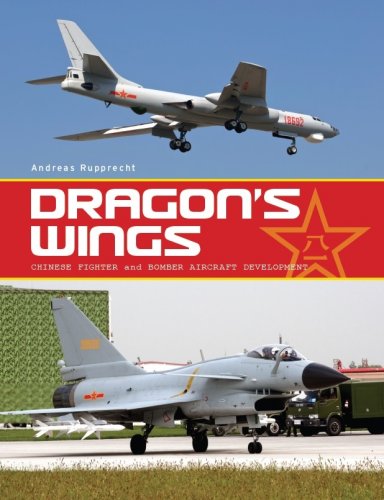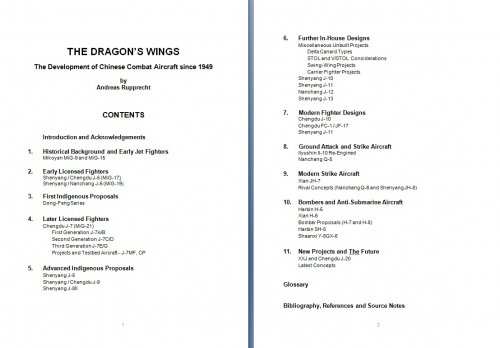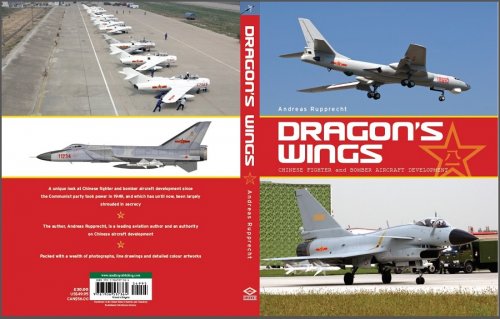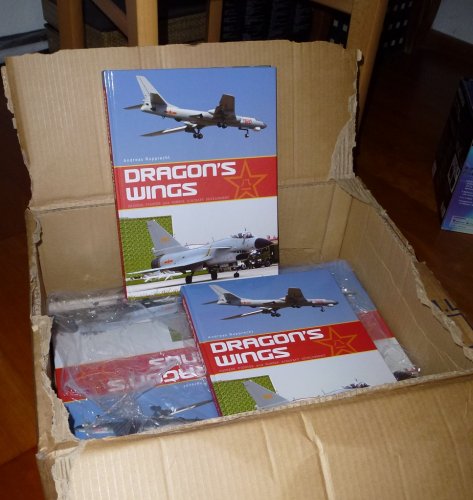OK, so apparently this whole "Sean plays at journalism with IHS" thing has given people an overinflated idea of my general importance! Case in point, I was asked to review some pre-release material for this new and interesting book recently, and decided to let you all in on what I thought. As an amusing aside, what is it with August? I got a new computer that could probably host a partition of Skynet, got to read over probably the most impressive book I've seen in a while, got to listen to the most impressive album I've heard in a decade...anyway.
As both a historian by degree (my first, before I got into things that sound more amusing like space warfare) and someone with experience dealing in Chinese military matters, my opinion is that this is an impressively executed look at one of the traditionally less accessible facets of combat aviation history. I can easily see this book revisited and updated down the line rather than simply being supplanted by a different title. It's like writing about the Blackbird: lots of others have produced excellent content on the subject, but it's Paul Crickmore's work that is seemingly constantly revised and updated.
The text is very well written, and as someone who has read a buttload of Yefim Gordon's books, it's very refreshing to see someone take a noticeably neutral written stance on the often controversial politics involved, framing events in the context of simply "this happened, and it affected the program as such". Put another way, Andreas at times treats the politics as simply another factor to be contended with, without getting bogged down in the details. For example, the PEACE PEARL program: mentioned, described, and then Tiananmen is given as the reason for its cessation without getting into a description of what the event was/who was right vs. wrong/etc. The reader comes away with the correct idea that the political event derailed the military program, and continues reading to see what program took up the slack, and that's it. And speaking for myself, that's the way I prefer it to be. I've read too many books on very interesting topics and seen their impact or appeal be significantly lessened because of the author's overtly obvious politics. Given just how much politics affected life in the PRC, especially during the earlier post-war period, the Cultural Revolution, etc., the fact that Andreas managed to successfully devolve all of this down into, basically, a simple examination of cause vs. effect is certainly something to be commended.
The mostly chronological layout made reading through the history very easy to do. It's one thing to simply have tracked the development of something current like the J-20, with a comparatively recent and therefore short history, but another thing entirely to be able to track down the history of the J-9 series and frame it within the proper overall context. Furthermore, this reads more like a history text than a technical text. I find that overly technical texts are more appropriate when dealing with something very specific, such as a program (I.e. Pete Merlin's AIAA Blackbird volume) or a limited subject area. Choosing historical rather than technical framing also makes the text more accessible. That's not to say technological details or terminology are lacking, far from it. Specifications abound and if a tech issue led to a redesign or cancellation it is certainly described and analyzed, but the point is to tell the complete story, not examine each and every little detail.
The images were also very well selected, particularly some of the newer projects. While there are a ton of images, as well as some drawings and diagrams, and to be sure they'd all look very impressive to someone picking up the book in a store, the work would lose nothing if you took them all away and reduced it to a text-only volume. I'd place it conceptually on par with something like Andrei Fomin's earlier Su-27 book; very detailed text, with equal effort given to the visual side of the house, but clearly a book you aren't buying for the pictures. OK, I might, but that's beside the point. The artwork by JP, Bai Wai, and others is also well done, the only complaint being that there could've been a far more liberal use of it! Which, of course, would've made a bigger and therefore more expensive and therefore probably less marketable book, so take that less as a complaint but more as an appreciation for the work the artists did.
One thing that would've been useful is a table or two at the back listing the weapons mentioned in the text, with some basic characteristics. I did find more than enough information in the text but the lack of an index (at least in the material I got) can make it a bit obnoxious to hunt down the right details. For that matter, if you simply took the weapons boxes (you'll see) and placed them at the end in a continuous appendix, it'd fit very well. It was a bit frustrating to see PL-1, then see the PL-1 info, the same for PL-2, but then see PL-8 mentioned and have to skip forward to find the detailed PL-8 info later. Oh, and welcome to basically the only real complaint I had about the whole thing.
After seeing the effort that went into this and the quality of the product, one can only hope that Andreas's next project will be a companion volume on the rest of China's military aviation-transports, helos, and the like! Given the rapid advancements in Chinese military aviation in recent years, it would be almost criminal if a revised edition wasn't commissioned at some point down the line. Until then, this is clearly the definitive reference work on Chinese combat aircraft design, guaranteed to be surpassed only by Andreas's revised work in the future. Put another way, this is easily the most impressive book I've read through in a good while. Maybe that's partly due to the fact that 1) I have no real use for magazines these days and therefore have missed a lot of Andreas's other published work, and 2) it's a subject area that simply put doesn't have a big selection already out there. But a lot of it comes down to the fact that this is simply a very well researched, well written, and well executed reference work, one that anyone with interest in the subject area should be required to own.

